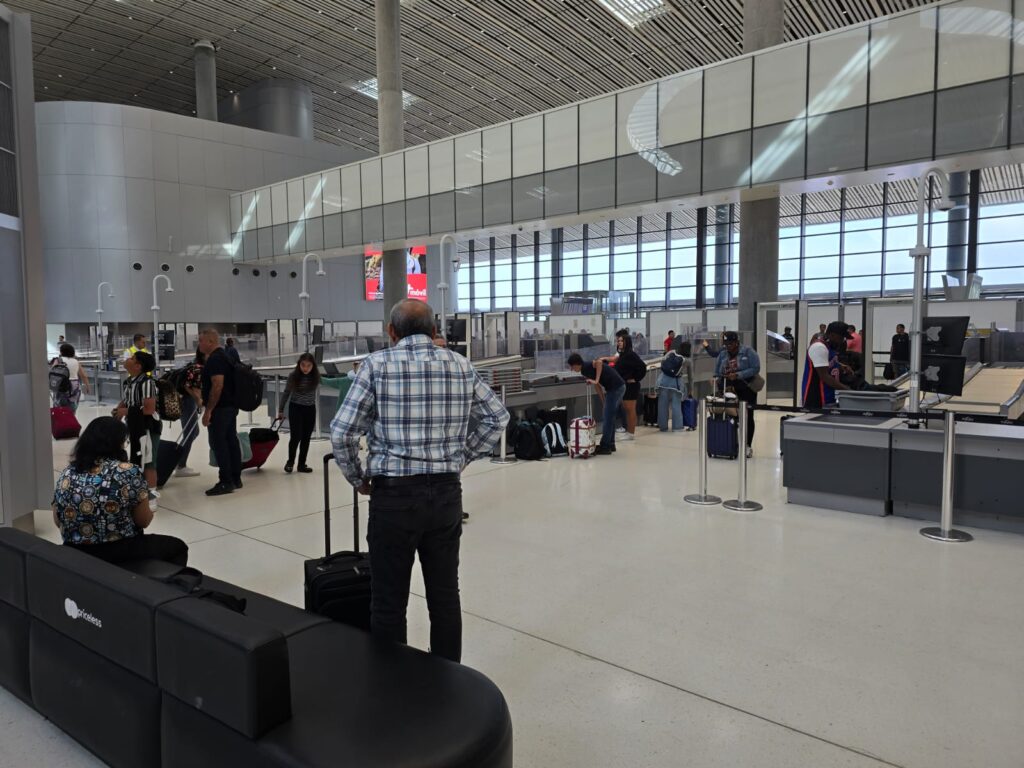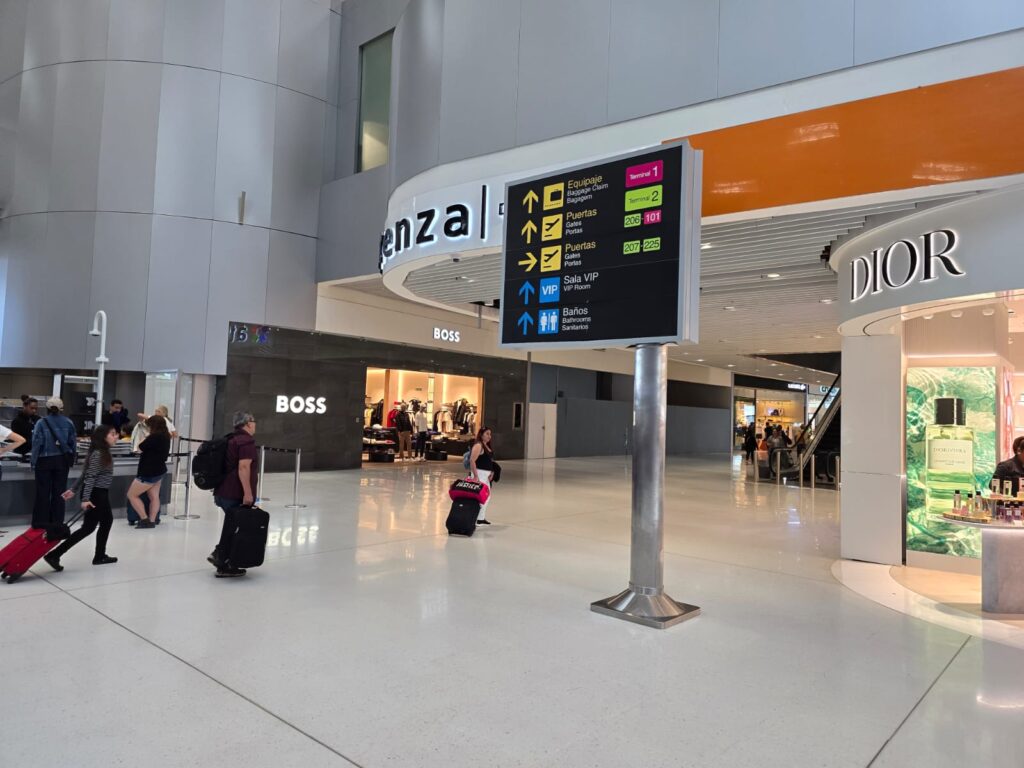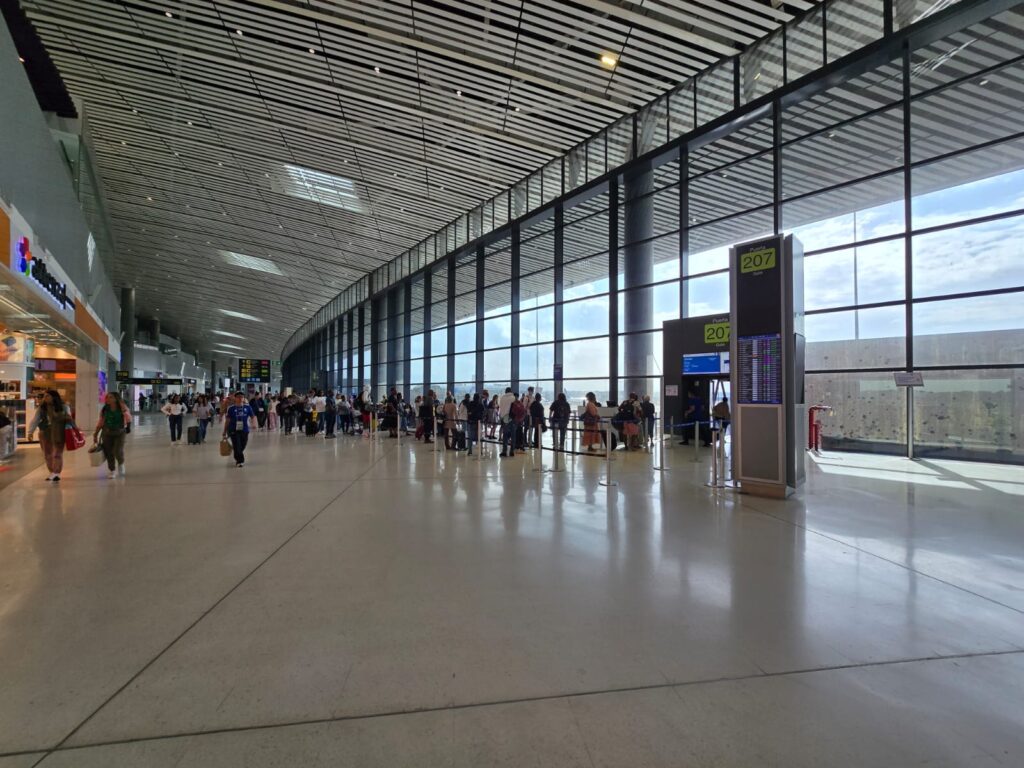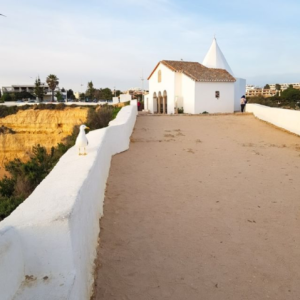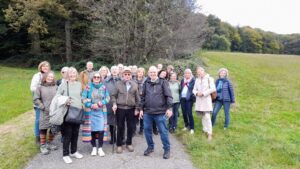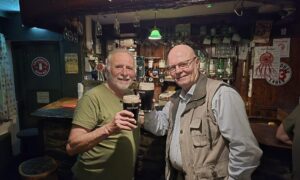After deciding at home to take a month’s vacation in Panama to continue my brainstorming, I flew to Panama at the beginning of June and settled into an Airbnb apartment in the middle of a lively part of the city. On the very first evening, the obligatory tacos and a local beer at 28° C were not to be missed.
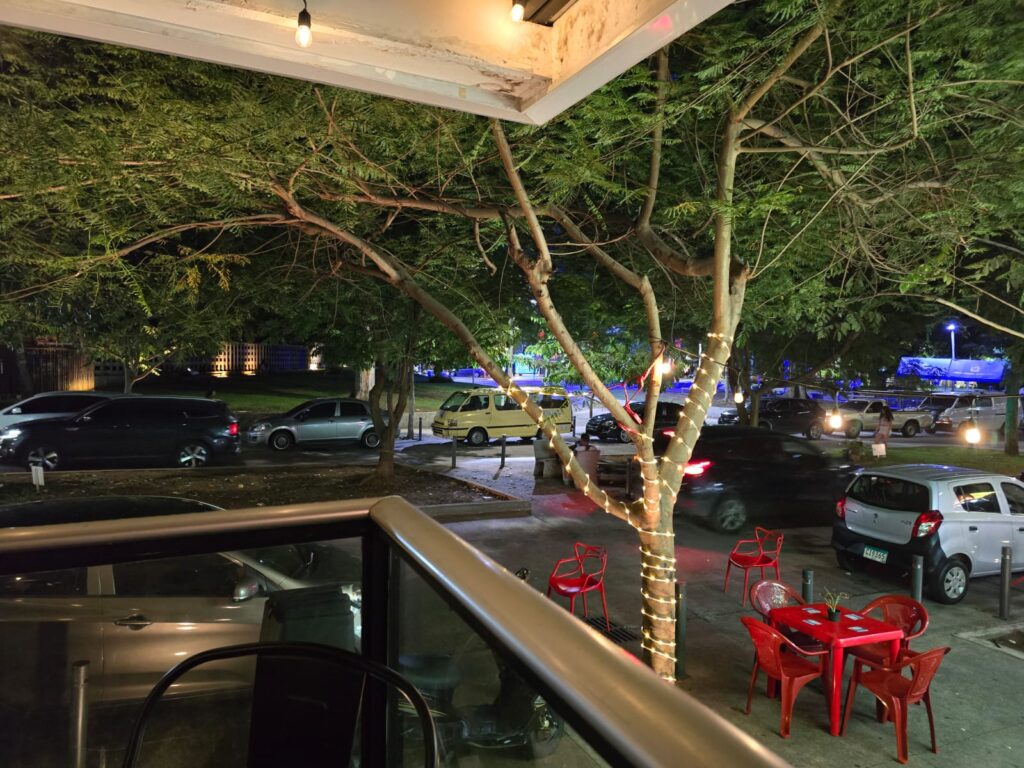
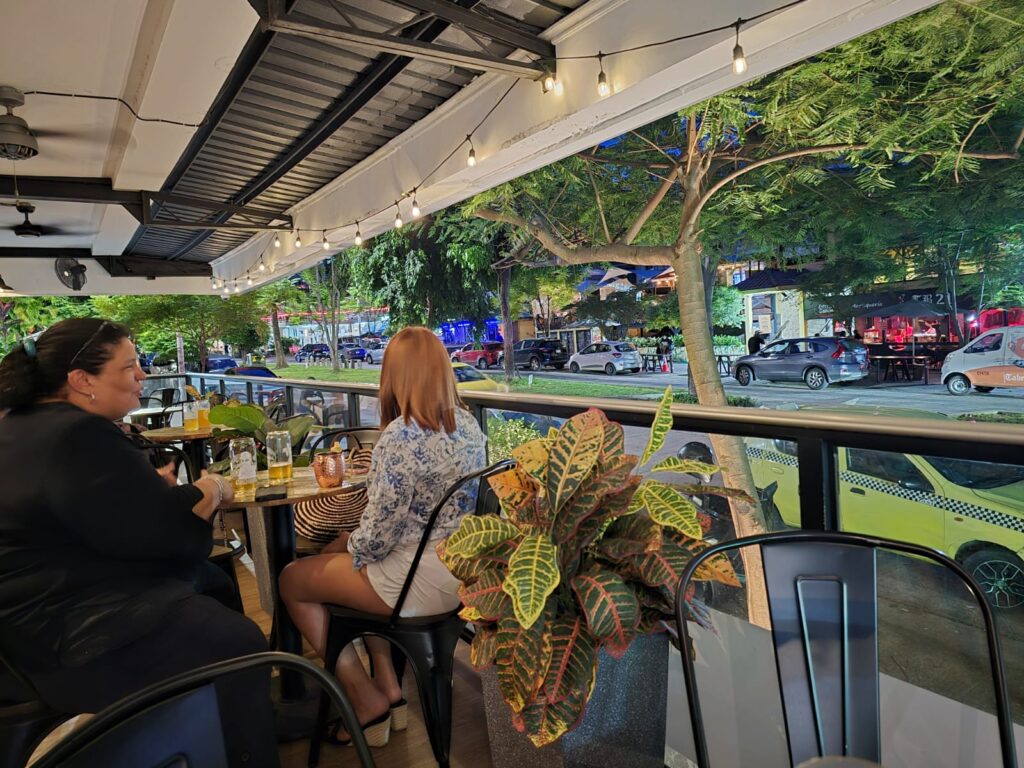

The view from my bedroom window wasn’t bad, but sometimes a bit noisy at the weekend evenings because of the festivities and concerts. After midnight, however, it’s nice and quiet.
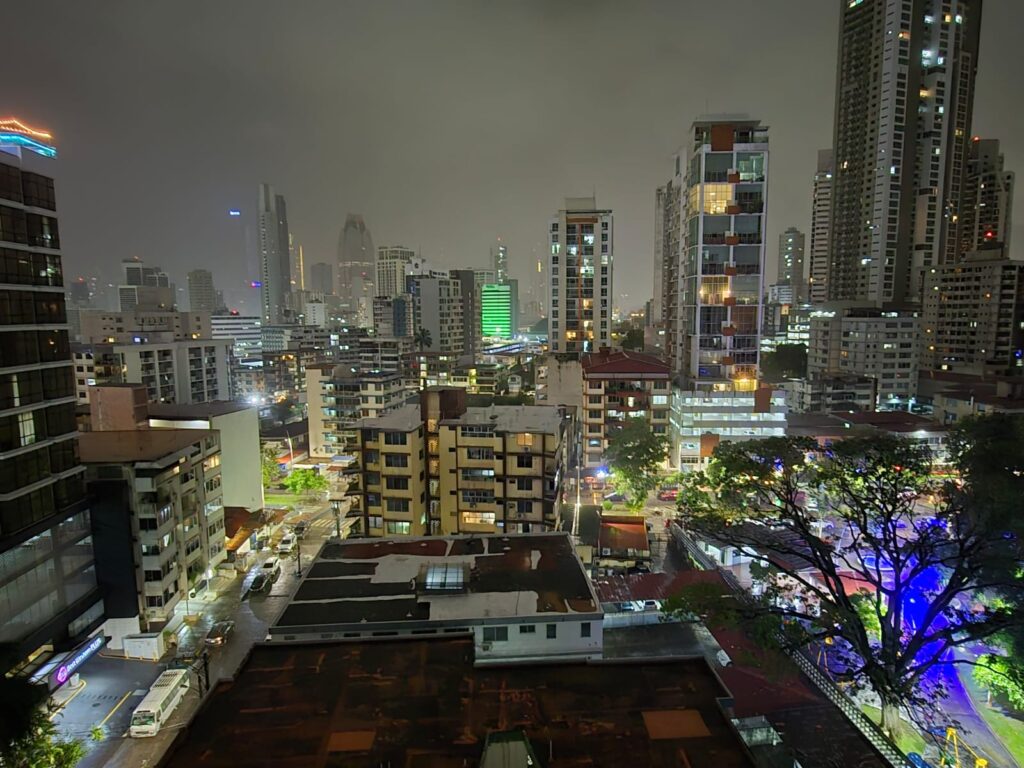

German friends invited me to an evening at the Cielo Rooftop Bar on the 38th floor. The view and the zipline/rope slide are breathtaking.

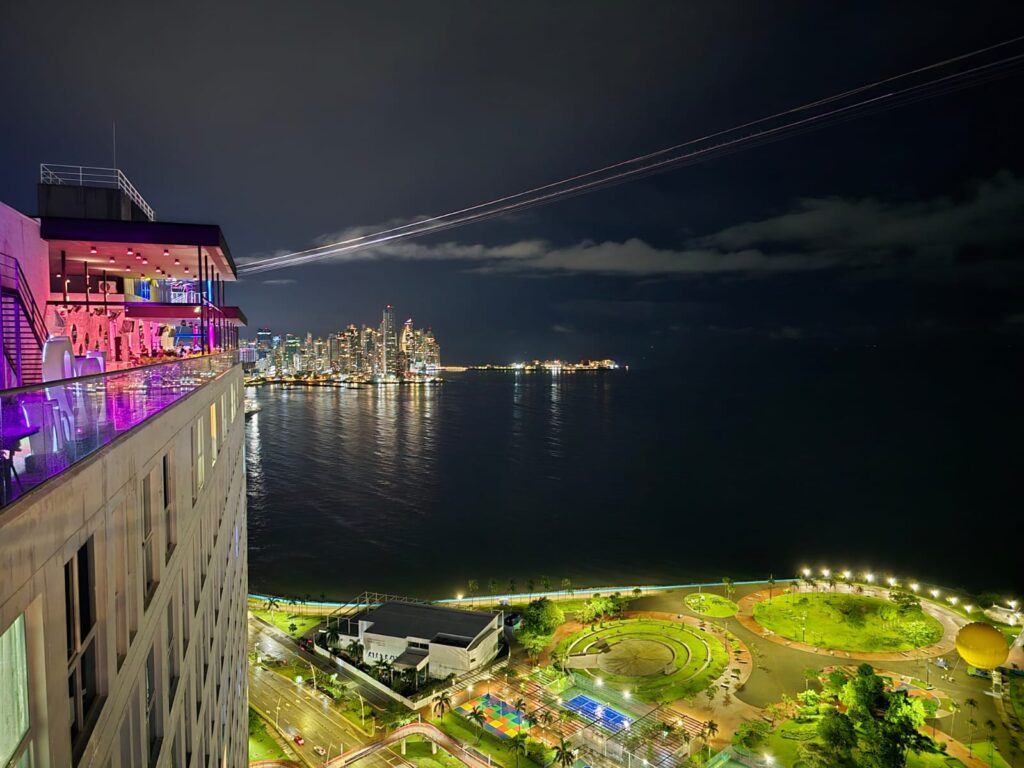

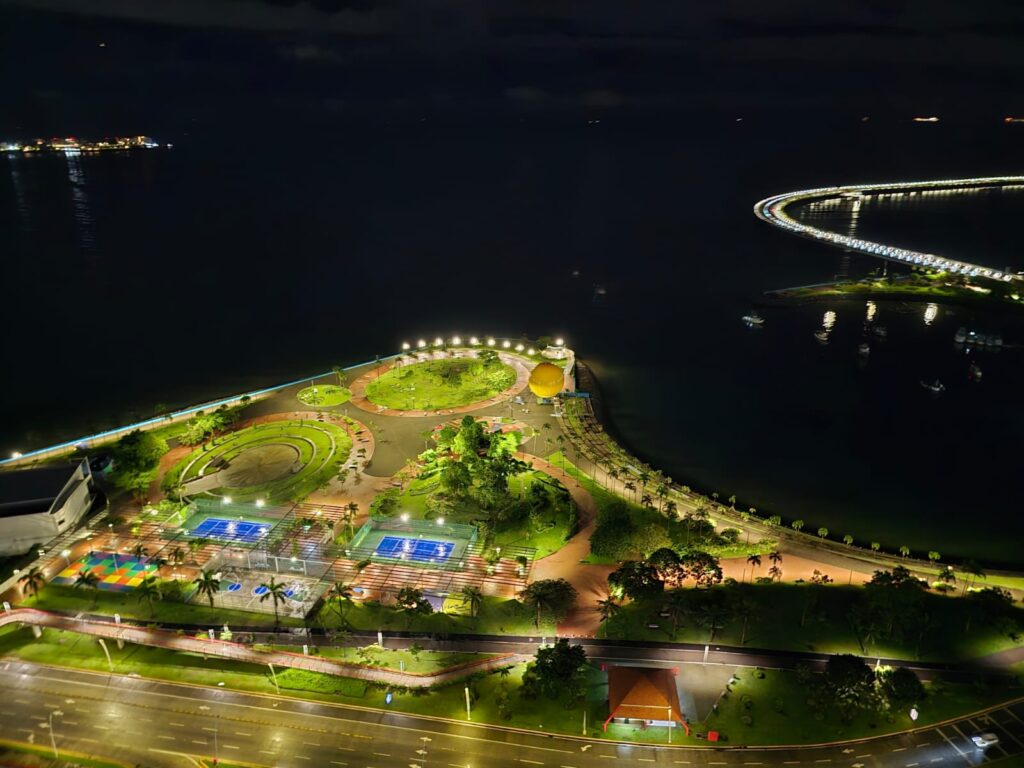
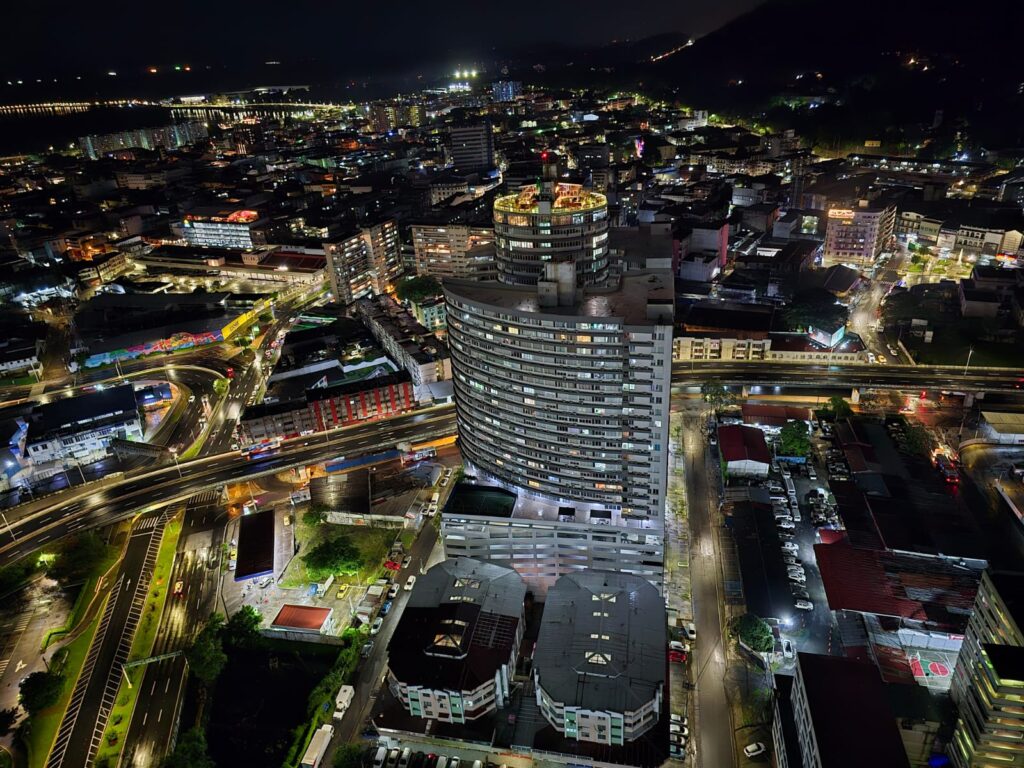
On June 14, I took a long walk from my apartment along Via Argentina to Avenida Balboa and marched up to The Point, one of the tallest apartment buildings in the city. Afterwards, I was completely soaked with sweat and exhausted from 90% humidity at 32°C.
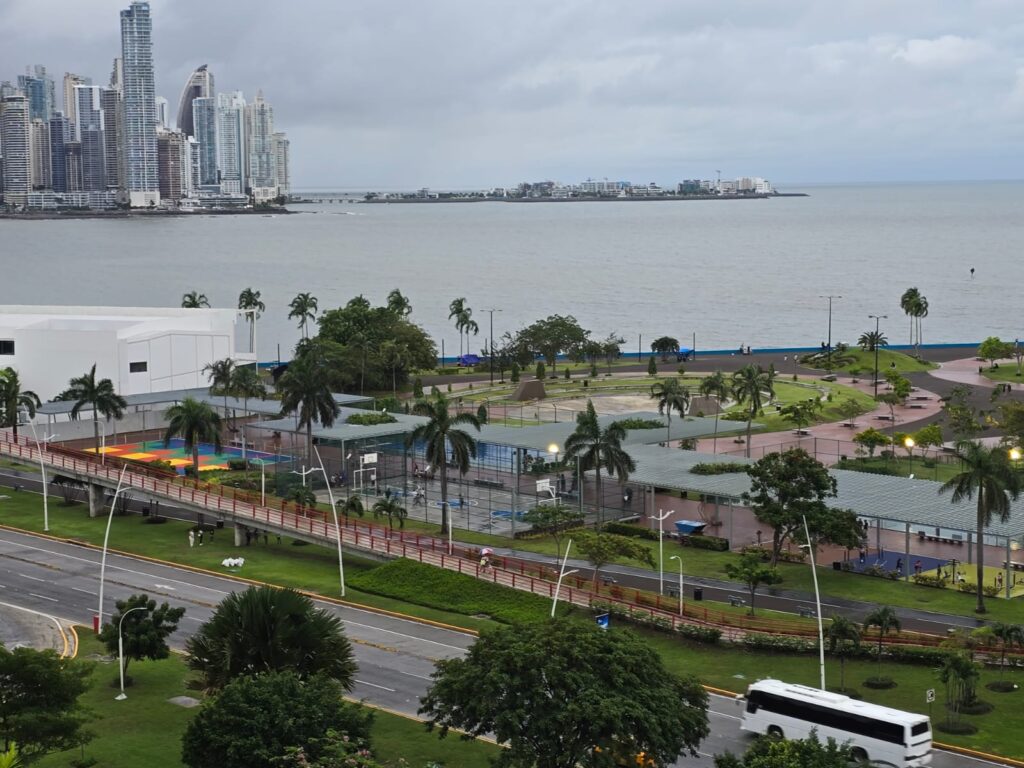
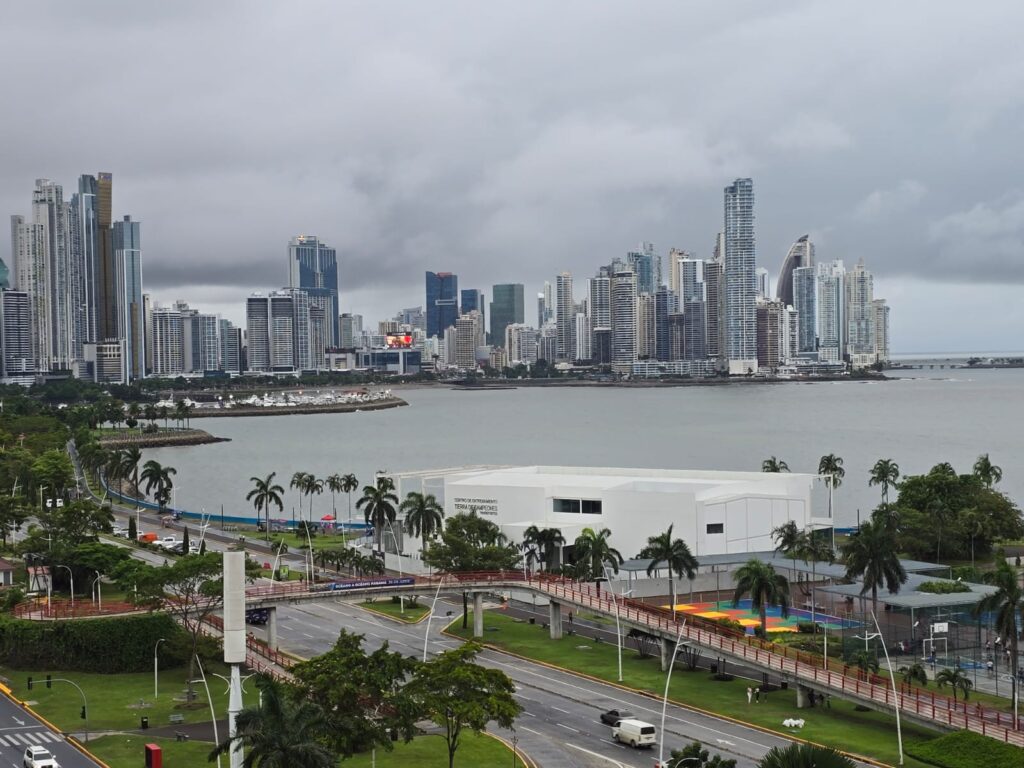

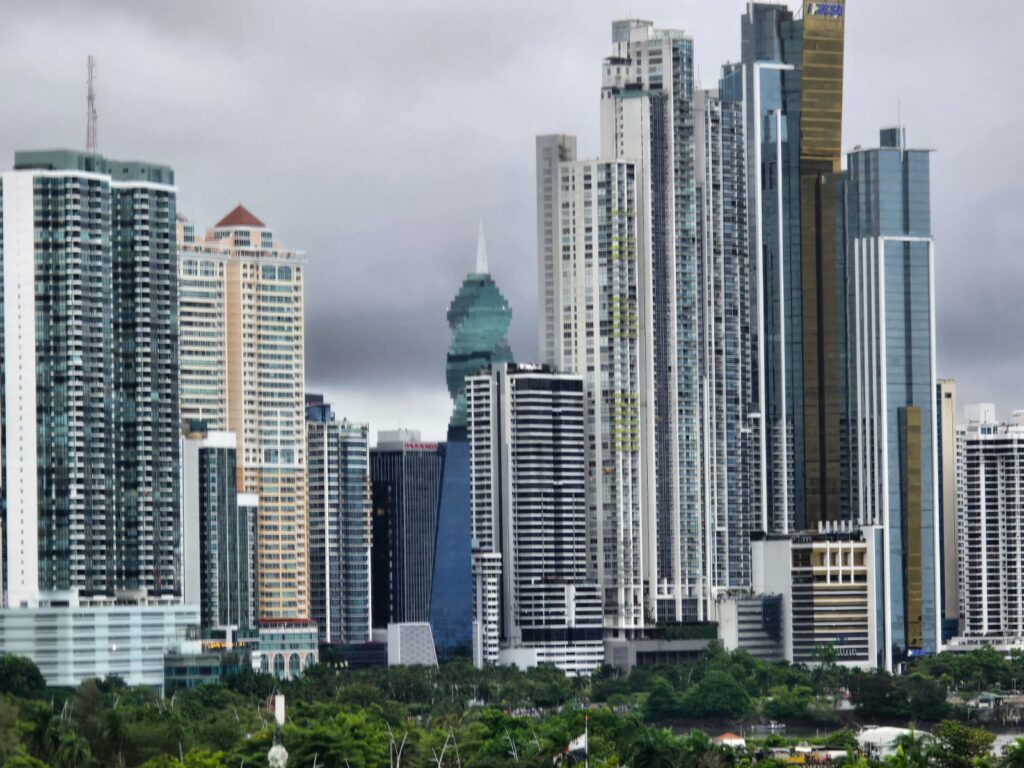
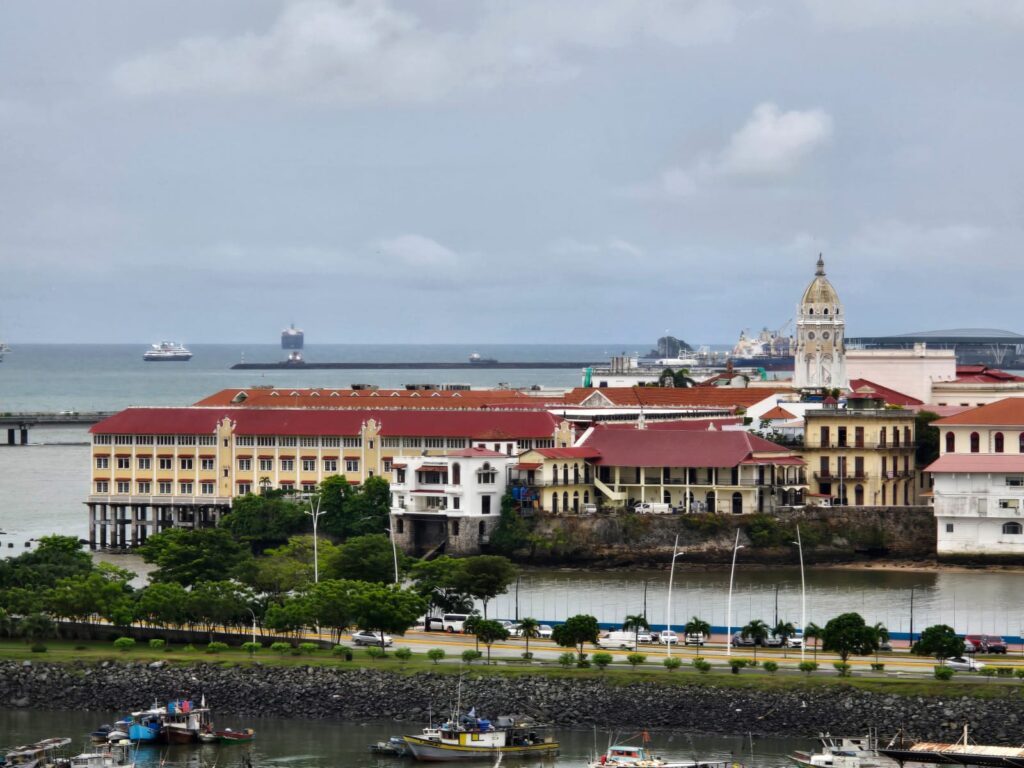

I received an invitation to dinner via internations.org. Our restaurant, El Enemigo (The Enemy), is located in the old town, Casco Viejo, also known as Casco Antiguo or San Felipe. This is the historic quarter of Panama City. A new settlement was built here in 1673 after the almost complete destruction of the previous city of Panamá Viejo in 1671 in connection with pirate attacks; the layout of the city was practically laid out as a rectangular square, which was considered the classic model for a settlement of the indigenous population at the time. The quarter was declared a UNESCO World Heritage Site in 1997. I took a few more shots of the roof terrace and the Plaza de la Indepencia, the Independence Square with the Basilica, the Panama City Palace, the main building of the Panama City Council and the streets at night immediately after a tropical downpour.
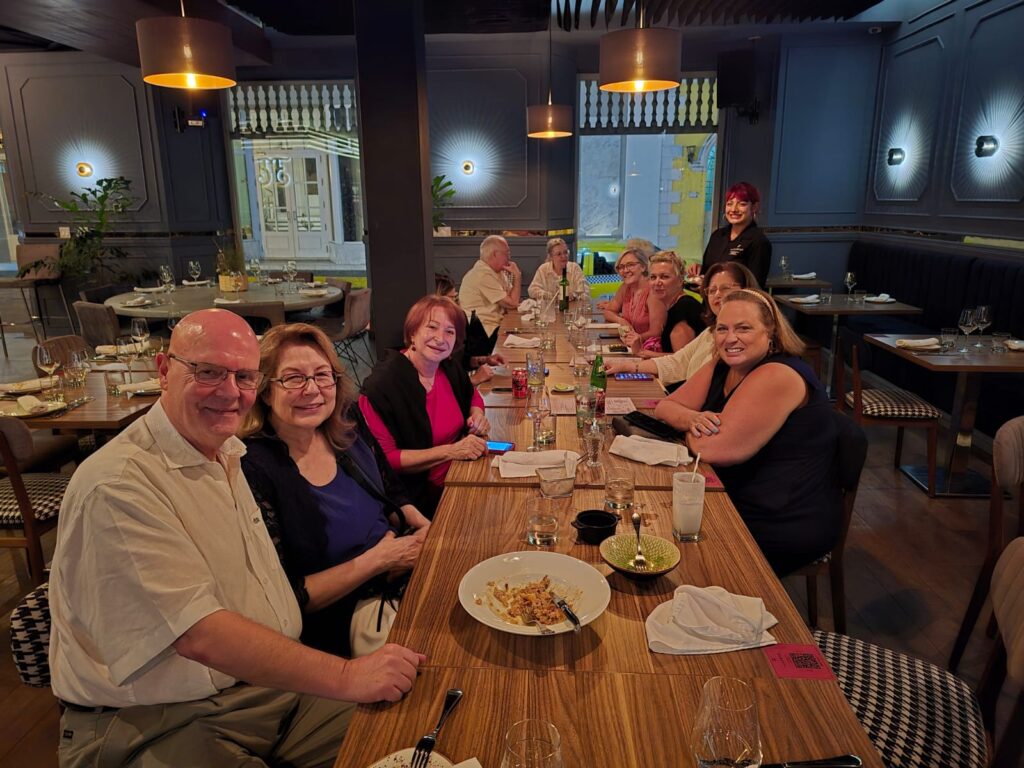
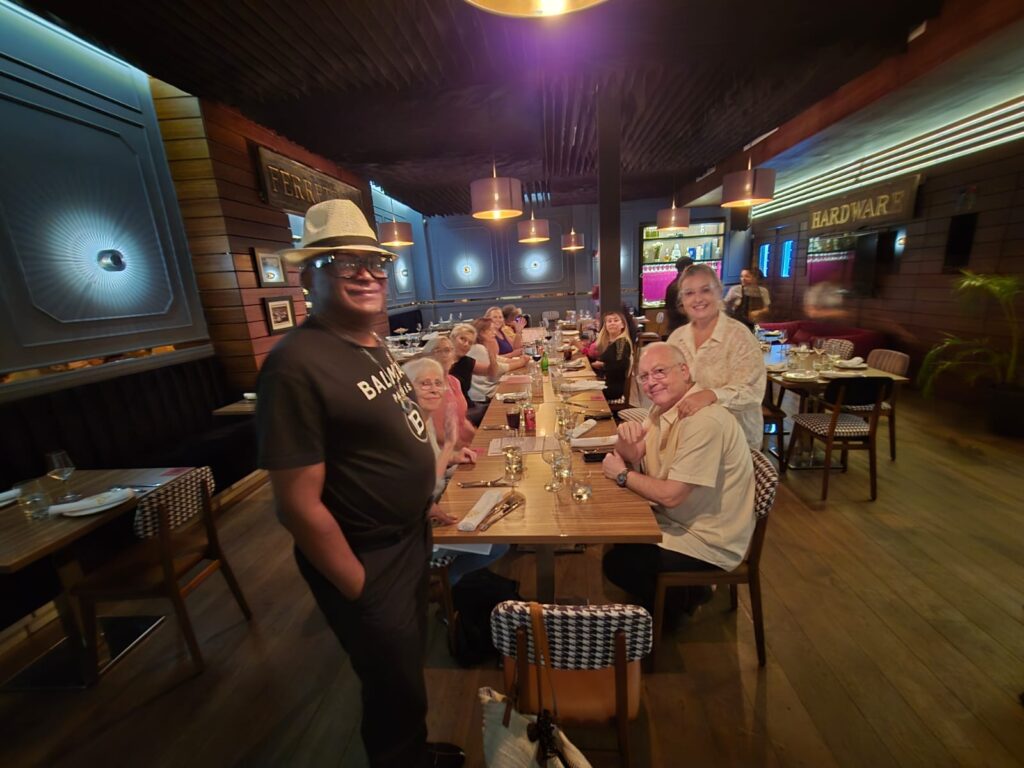
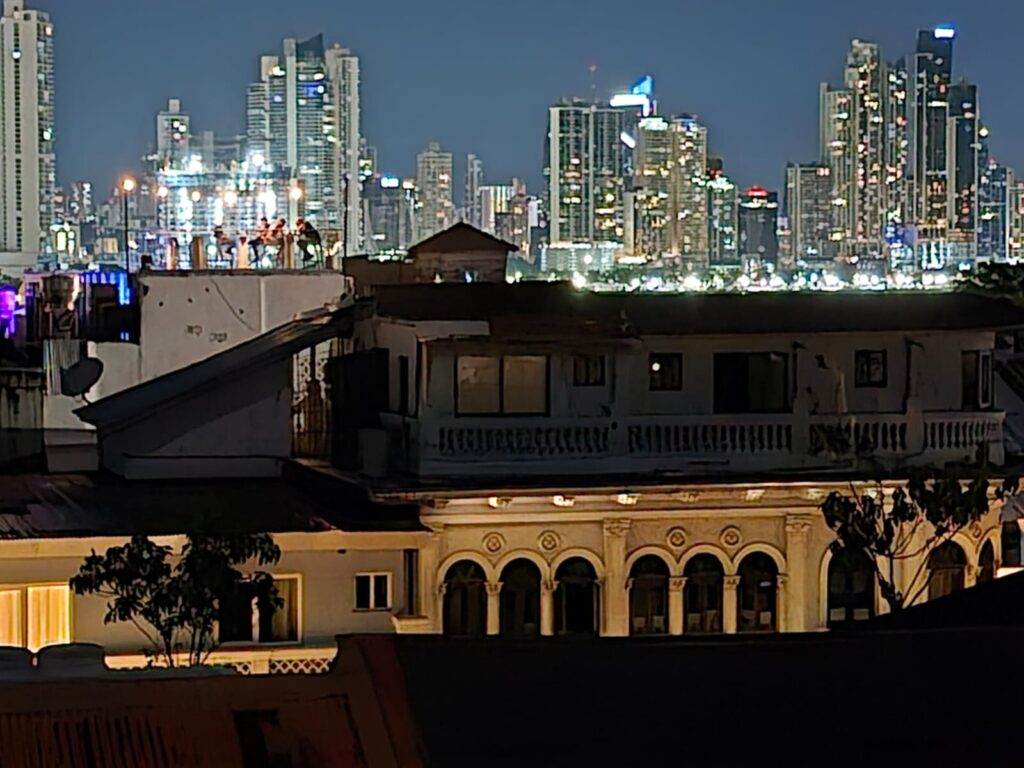
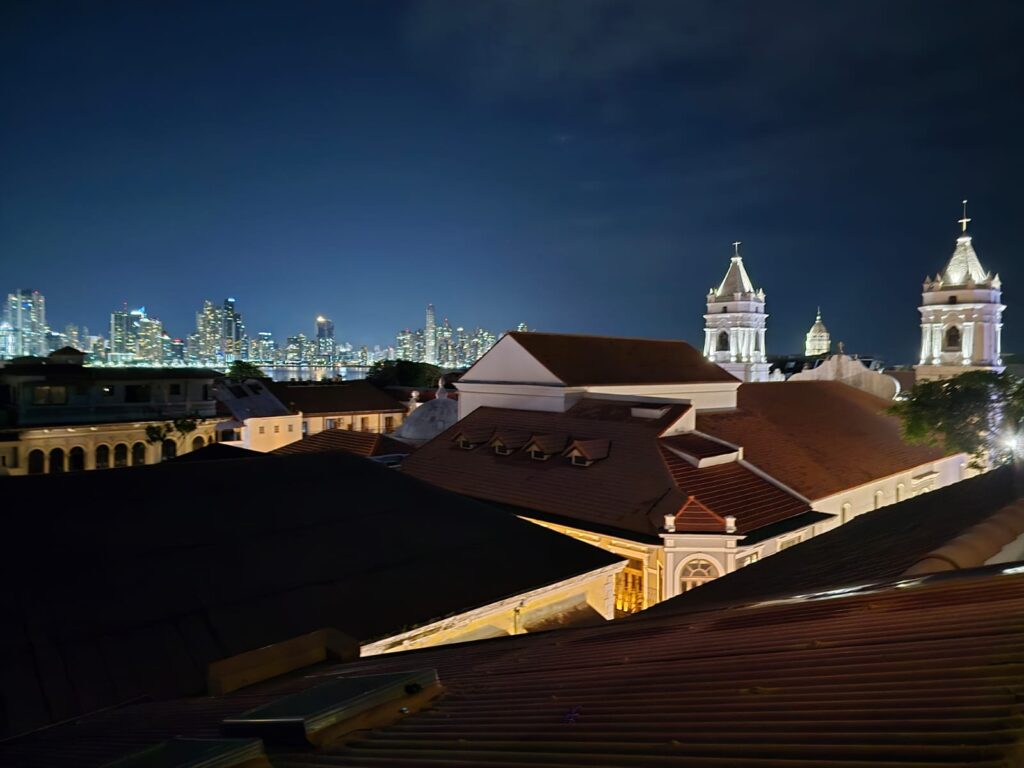
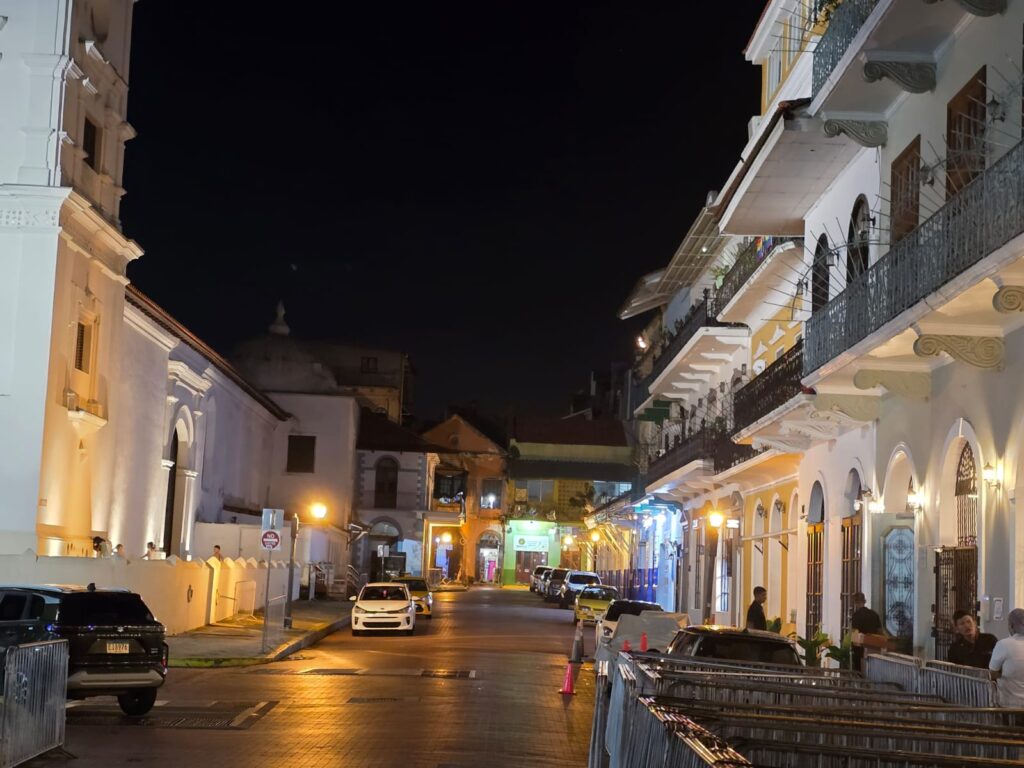
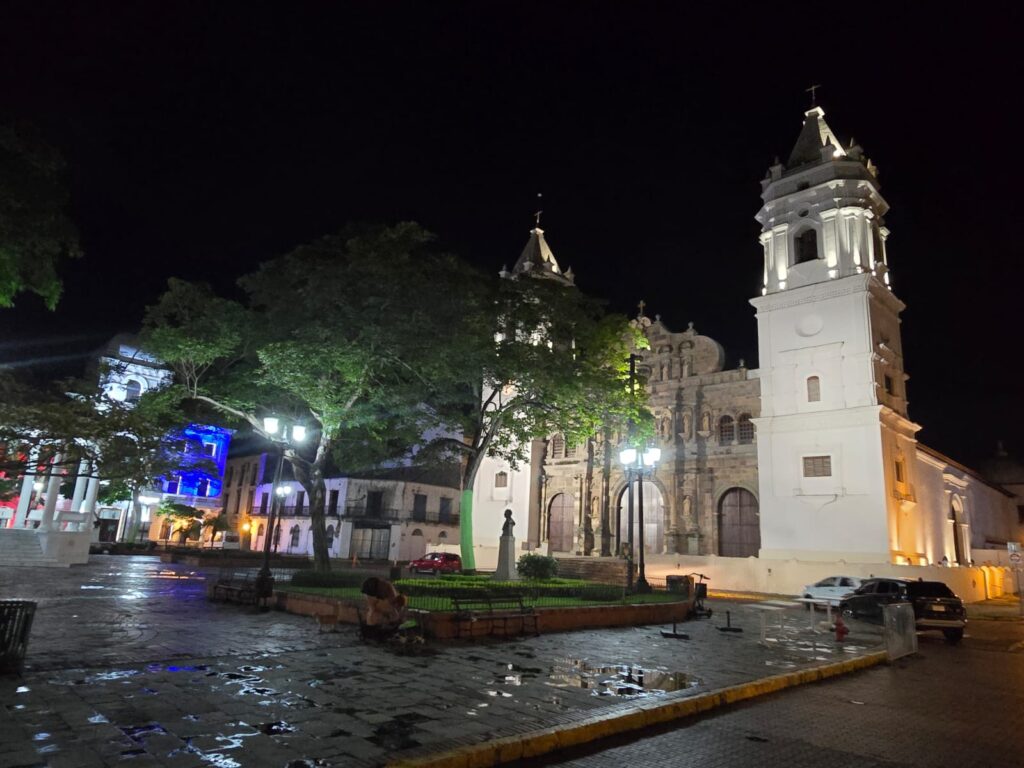
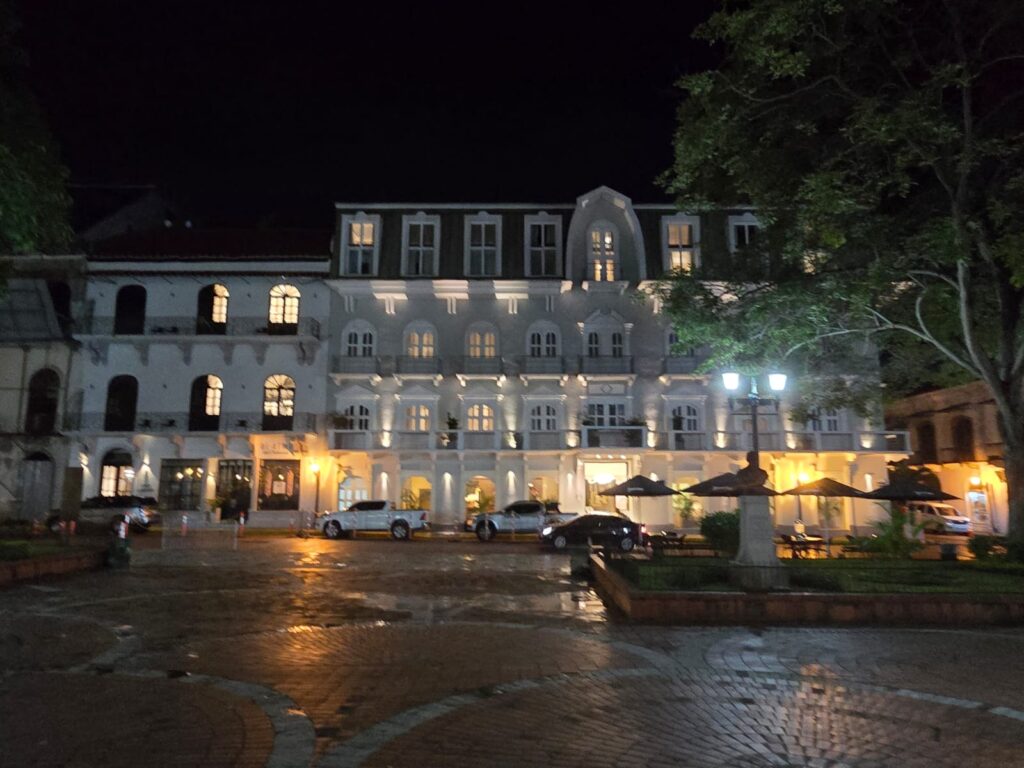
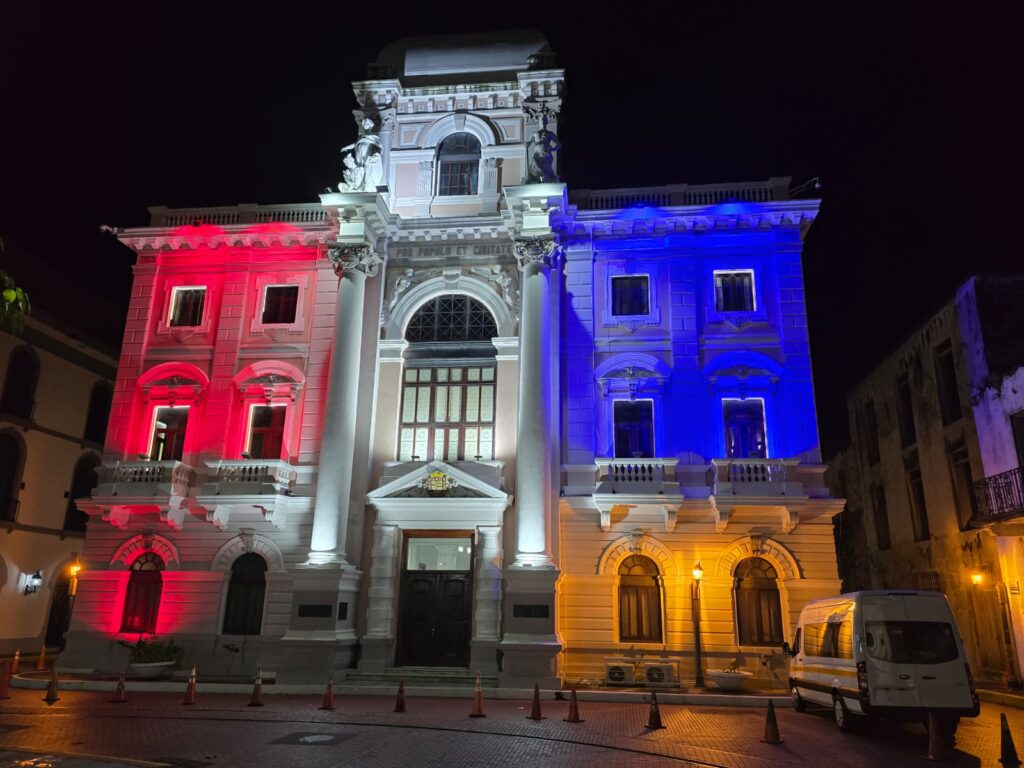
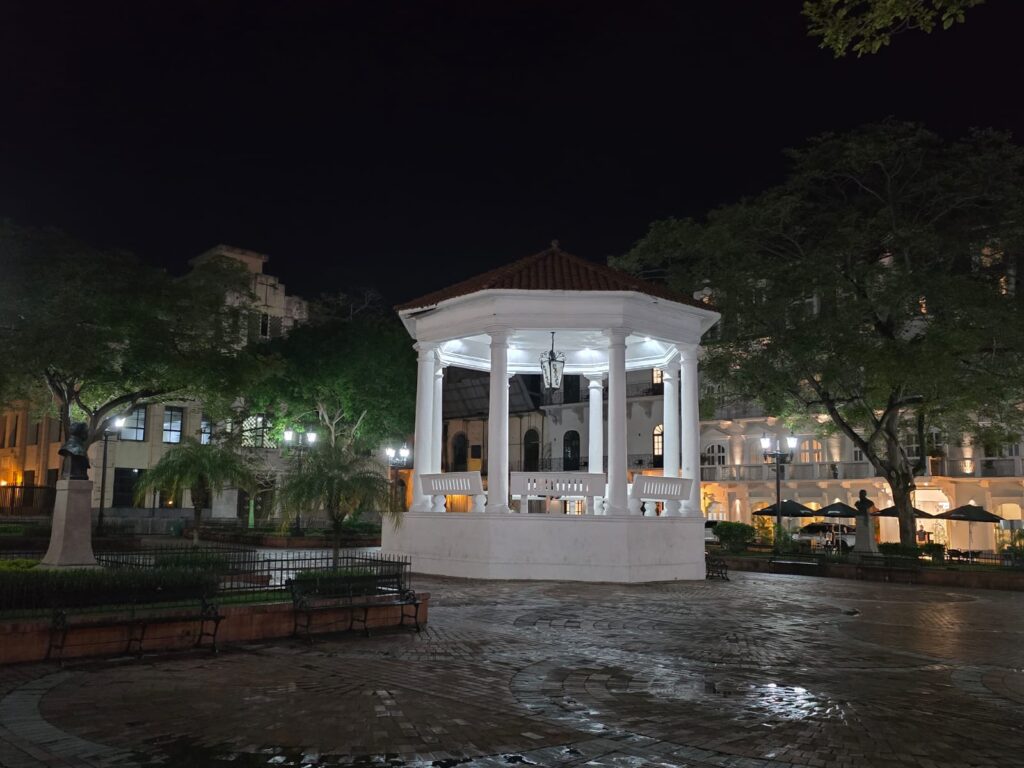
On June 28, I wandered through Casco Viejo again in the afternoon at 31 °C and 80 % humidity. Even as a pedestrian, you can’t get everywhere because El Palacio de las Garzas, the official residence of the President of Panama, is cordoned off by heavily armed special police forces. Nevertheless, this part of the city still has the morbid charm of classic colonial Latin America. Some buildings and ruins hint at the spirit of the conquistador Vasco Núñez de Balboa, who was the first European to discover the Pacific from America at the beginning of the 16th century. A few years later, Panamá la Vieja was founded not far from there. Panama’s eventful history has seen it destroyed several times by major fires, so that most of the buildings today date from the 19th and 20th centuries and are predominantly neoclassical and art deco in style.
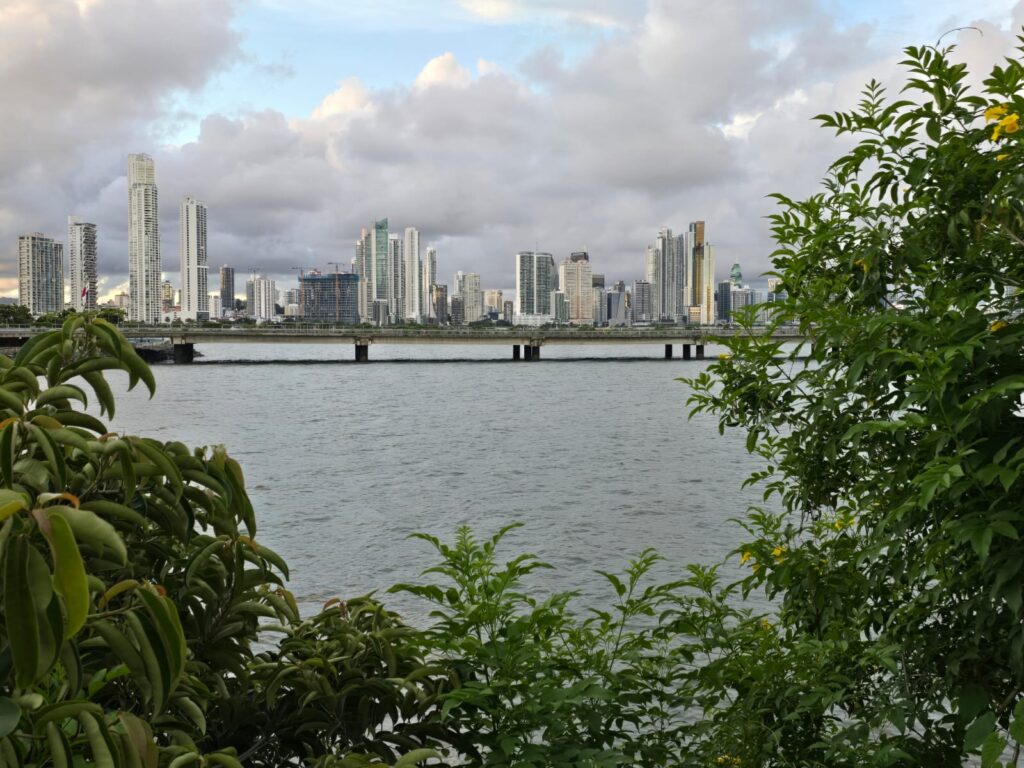
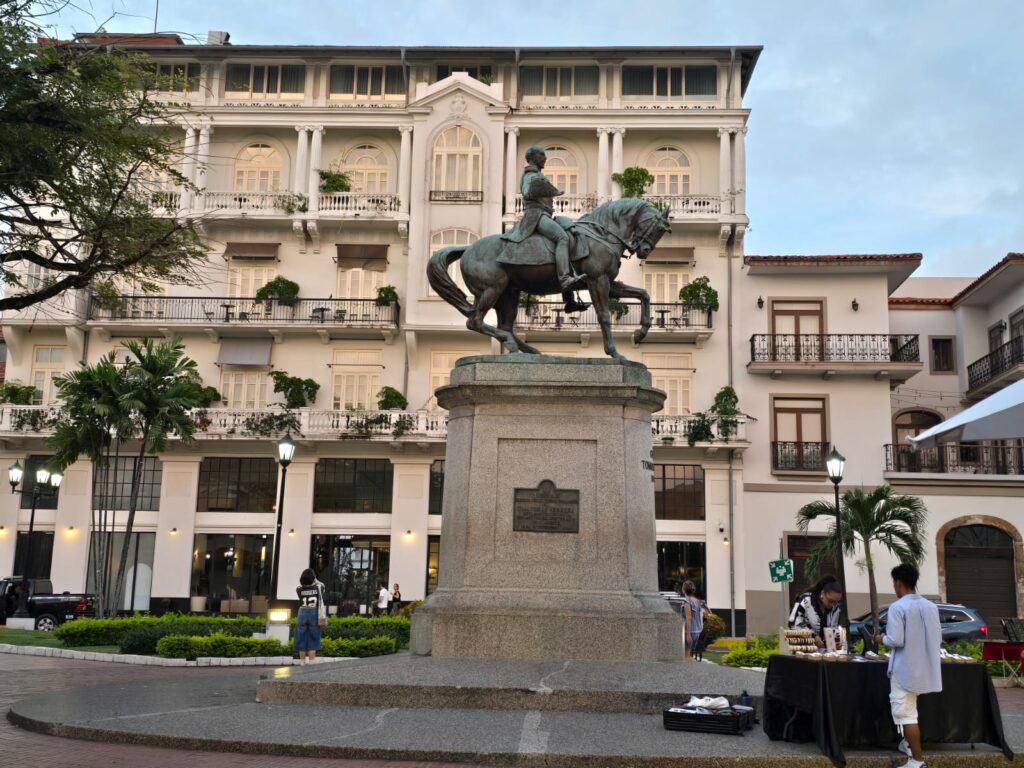
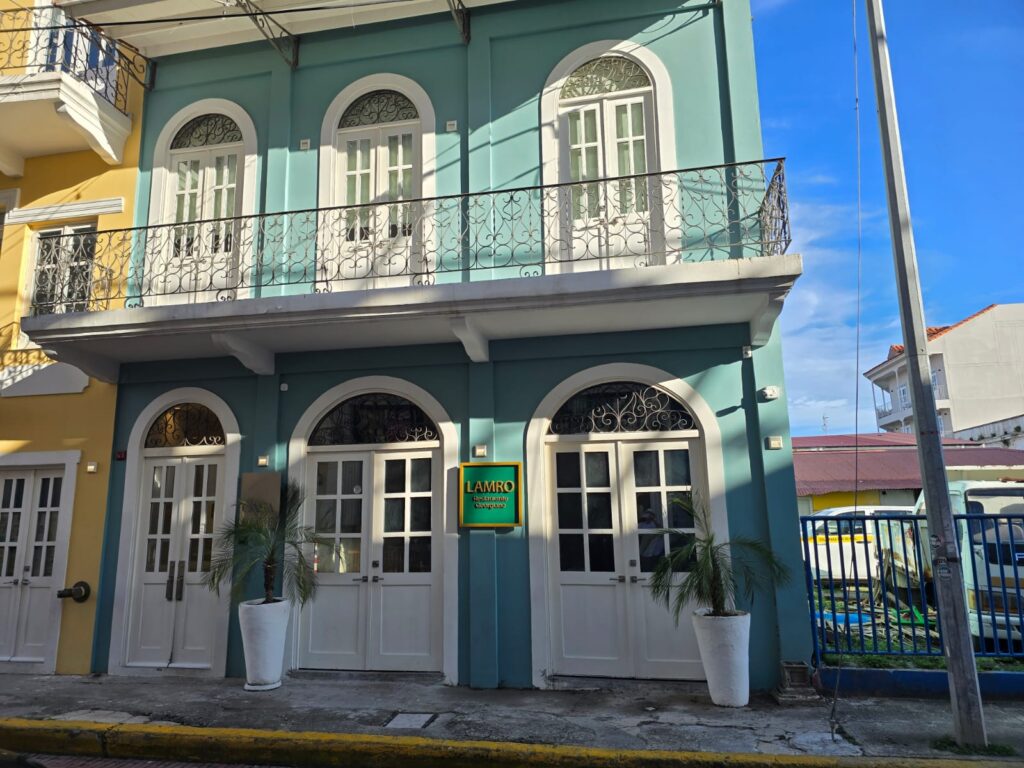
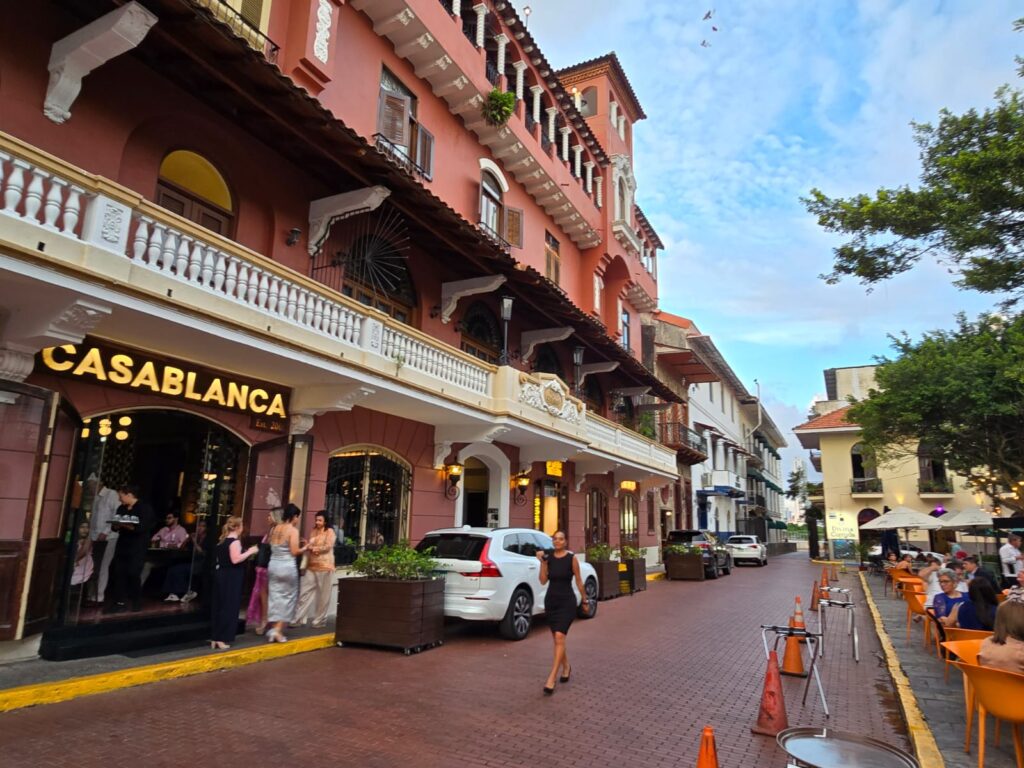
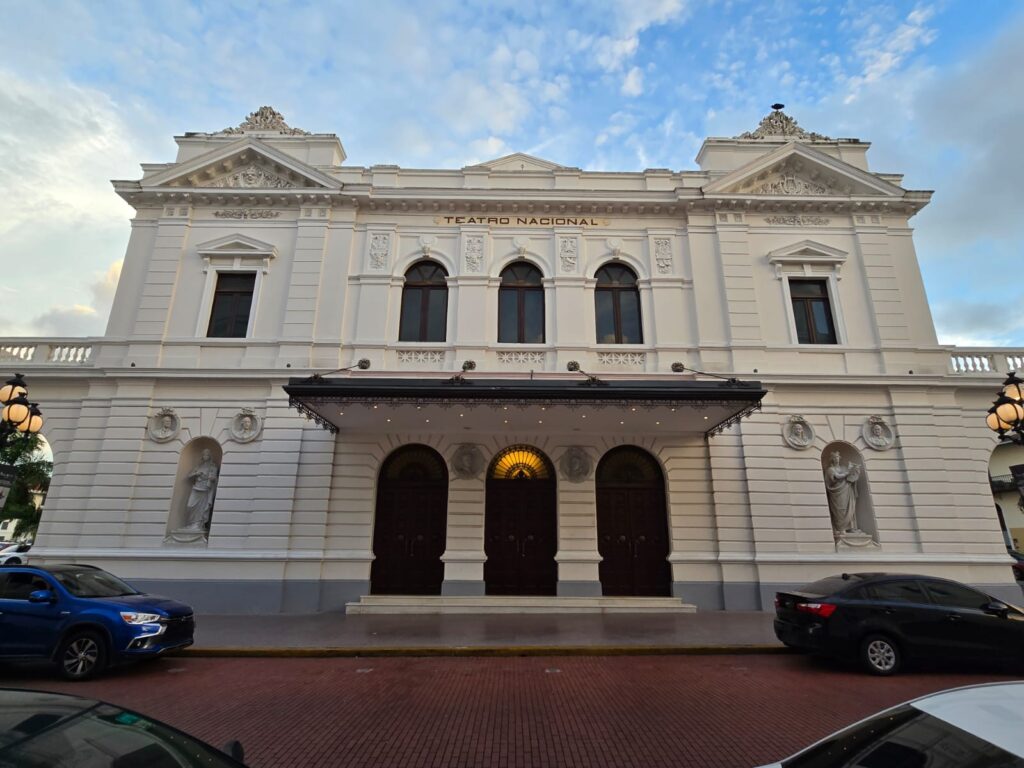
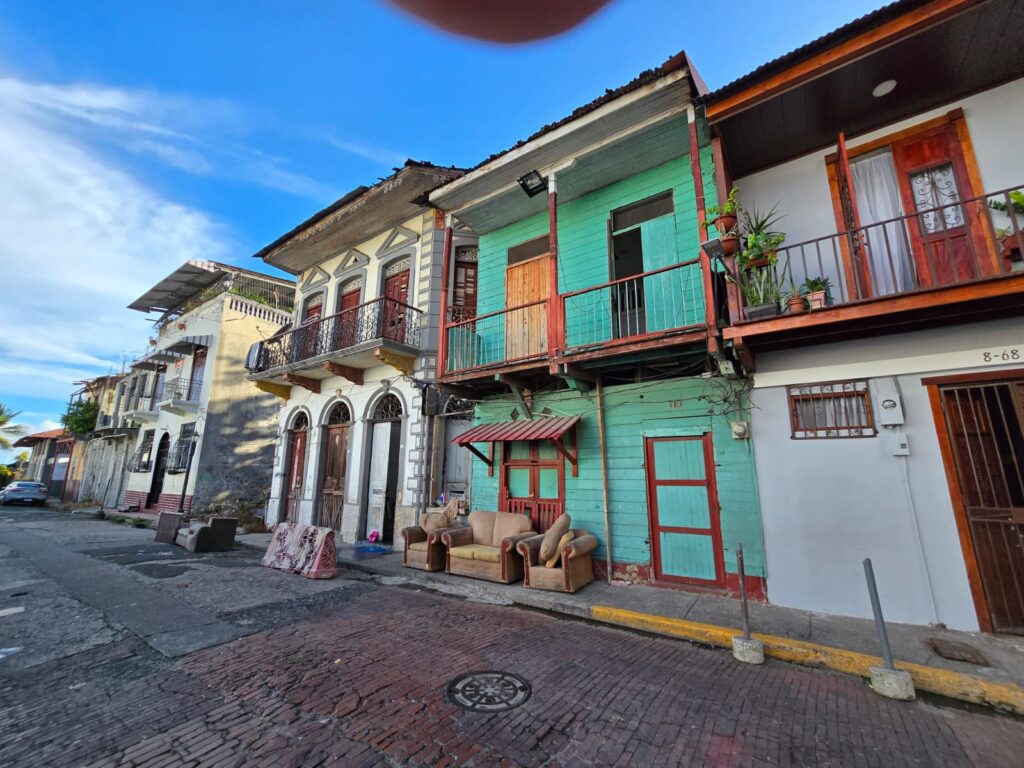
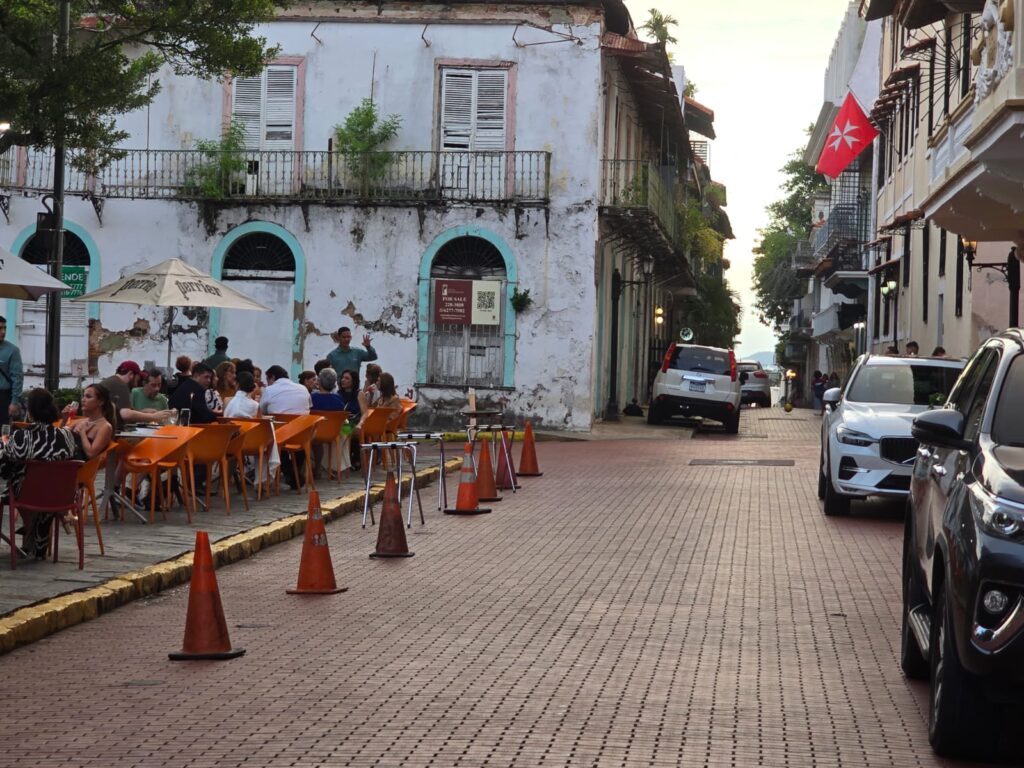
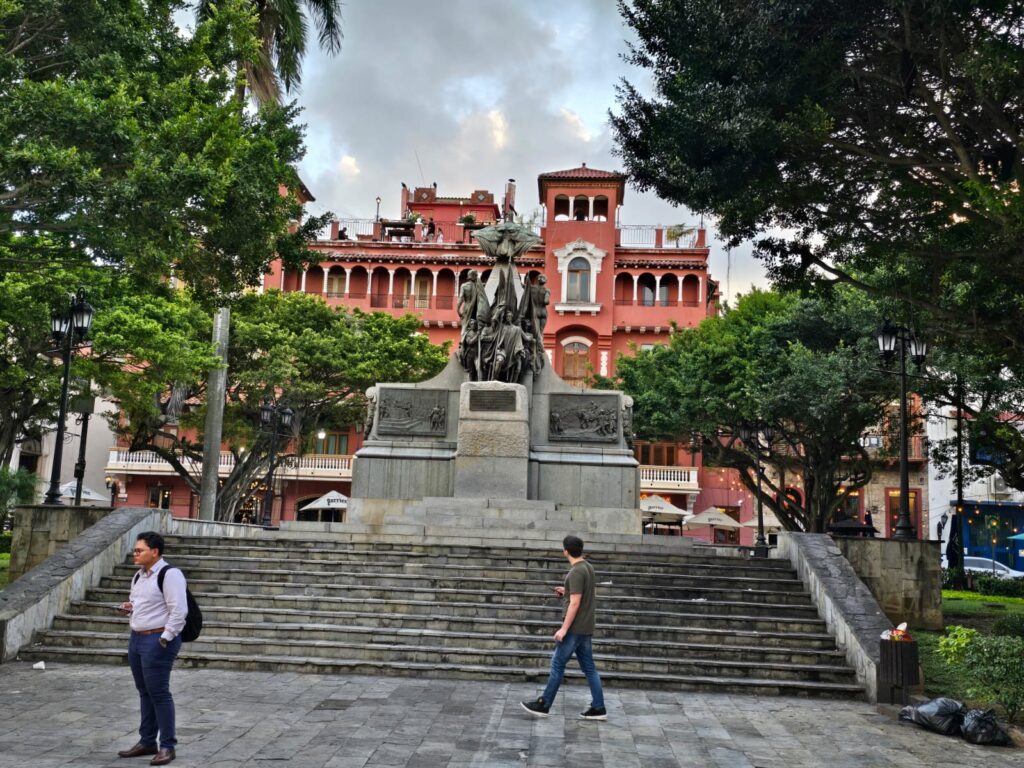
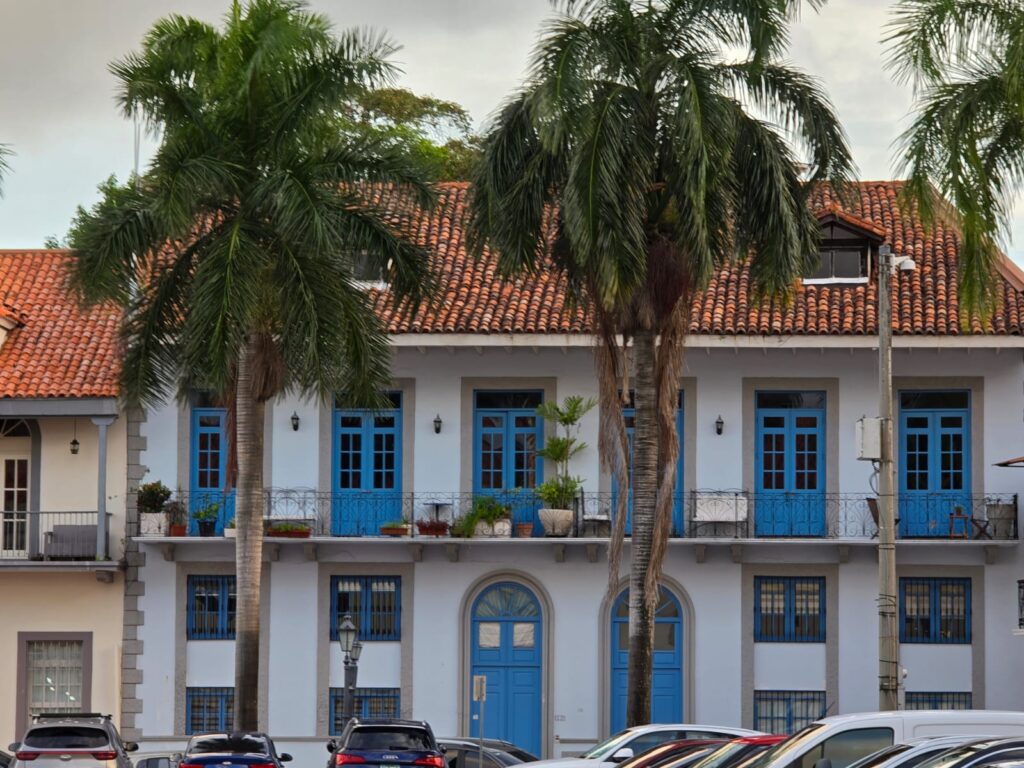
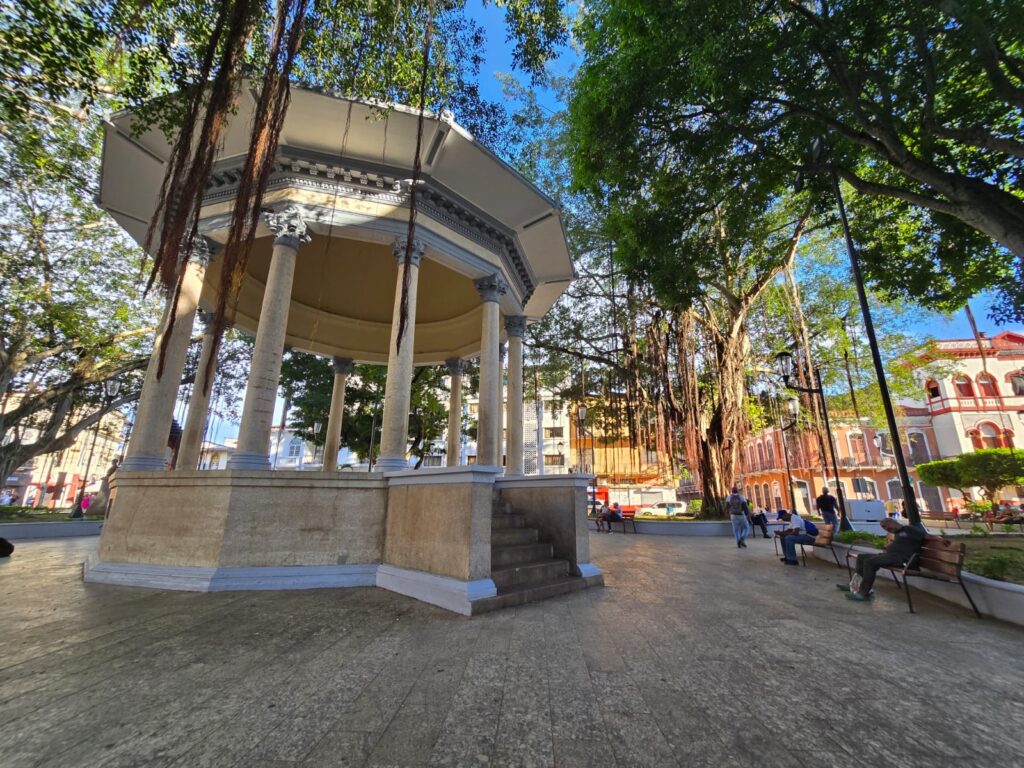
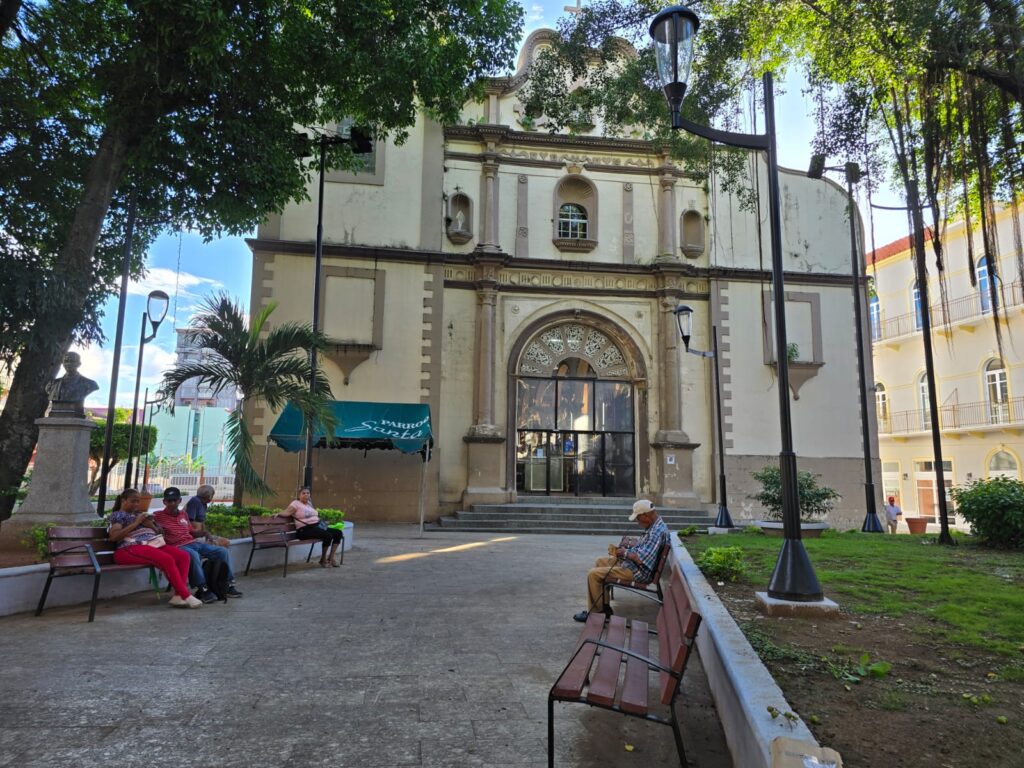

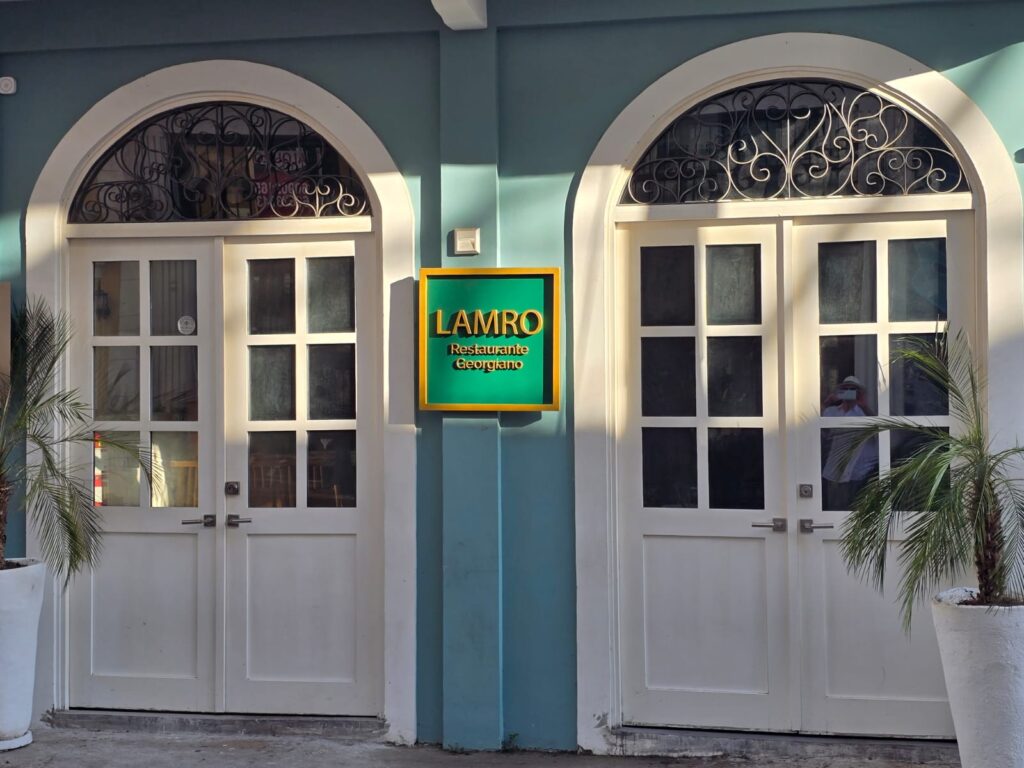
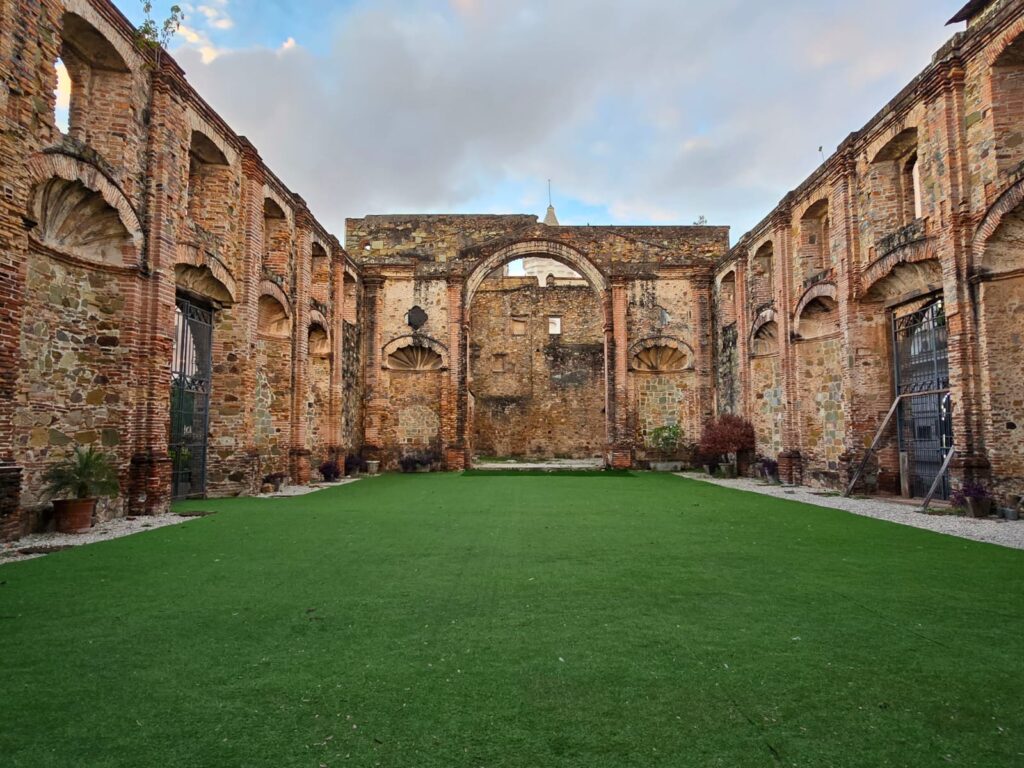
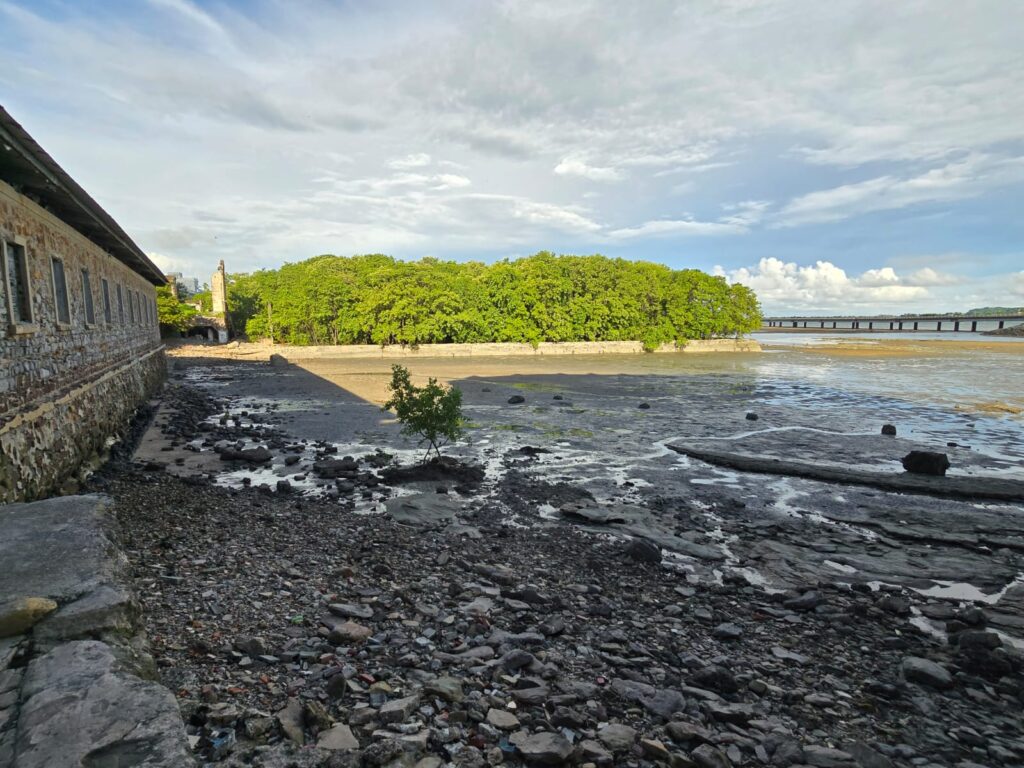
I spent the evening with an invitation from the International Panama City Community and a Georgian dinner in the Lamro restaurant.


My time out in Panama came to an end on June 30. The new Terminal 2 at Panama City’s Tocumen Airport is very clearly laid out and pleasantly designed. Here it was time to say goodbye.
